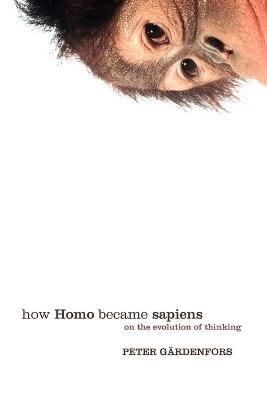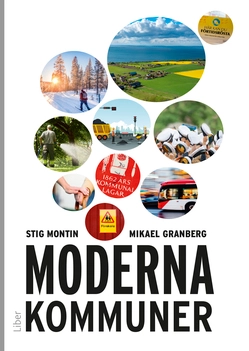

How Homo became sapiens : on the evolution of thinkingUpplaga 1
- Upplaga: 1a upplagan
- Utgiven: 2006
- ISBN: 9780198528517
- Sidor: 256 st
- Förlag: Oxford University Press
- Format: Häftad
- Språk: Engelska
Om boken
Åtkomstkoder och digitalt tilläggsmaterial garanteras inte med begagnade böcker
Mer om How Homo became sapiens : on the evolution of thinking (2006)
2006 släpptes boken How Homo became sapiens : on the evolution of thinking skriven av Peter Gärdenfors. Det är den 1a upplagan av kursboken. Den är skriven på engelska och består av 256 sidor. Förlaget bakom boken är Oxford University Press.
Köp boken How Homo became sapiens : on the evolution of thinking på Studentapan och spara pengar.
Referera till How Homo became sapiens : on the evolution of thinking (Upplaga 1)
Harvard
Oxford
APA
Vancouver



















